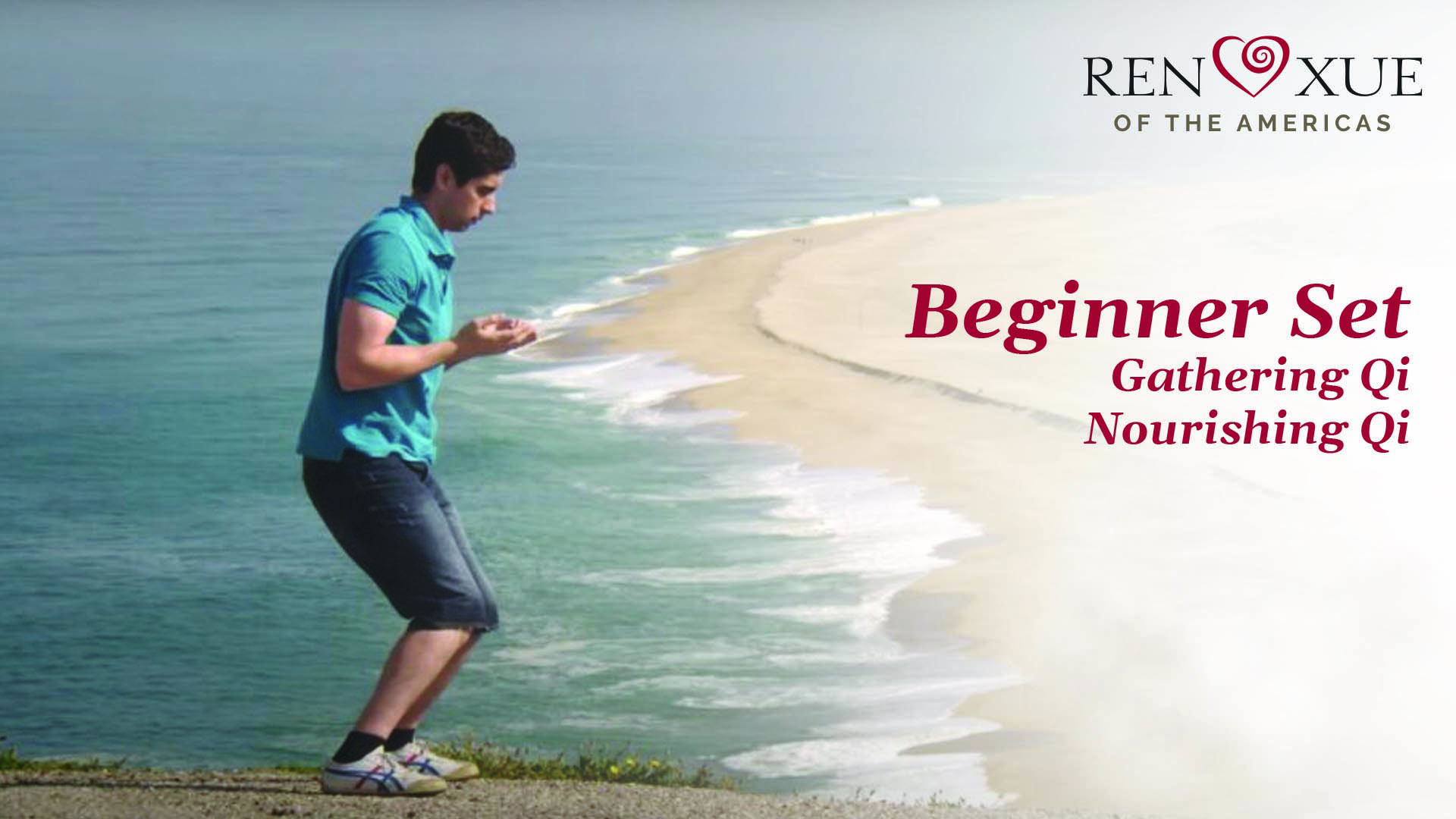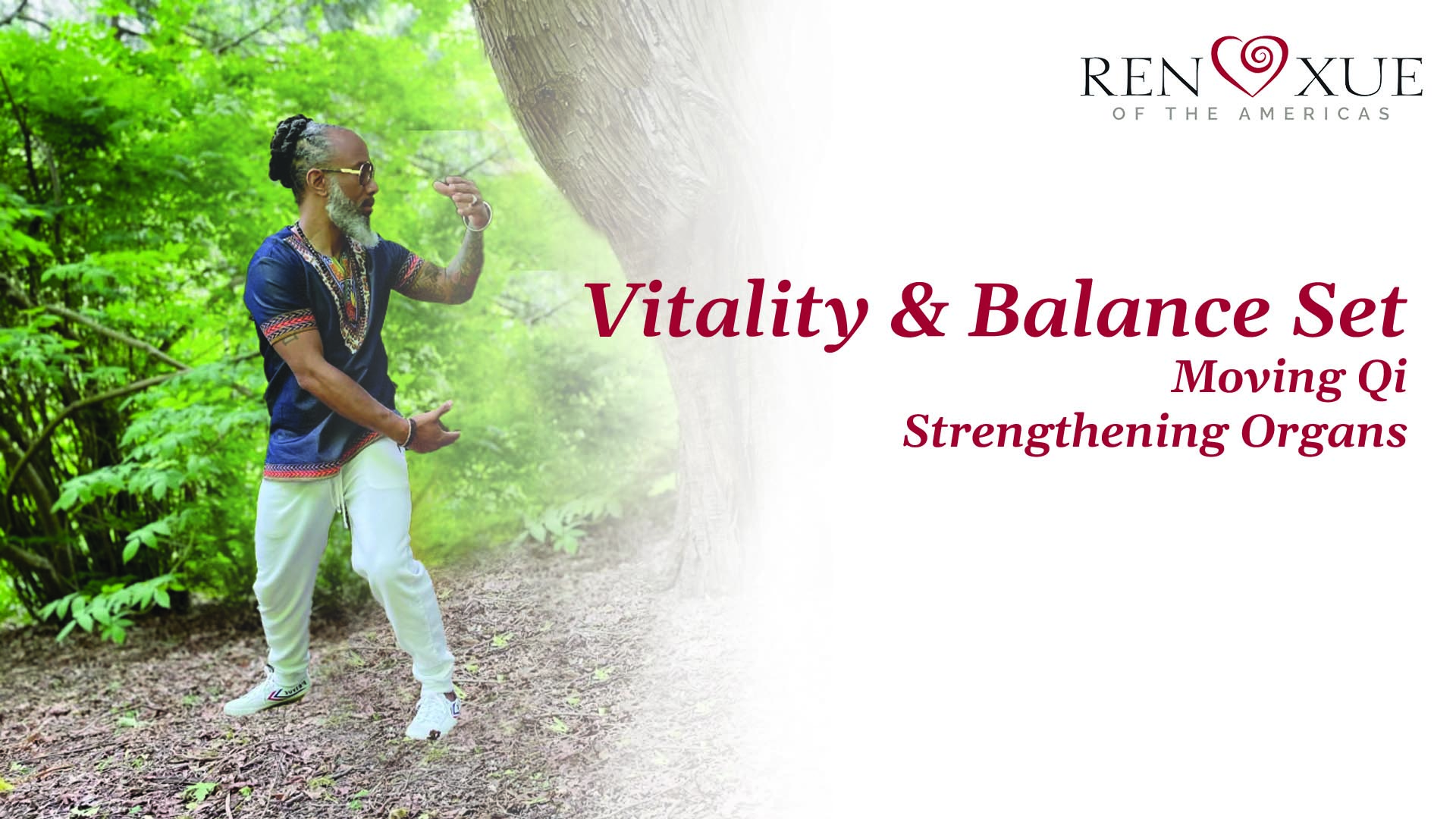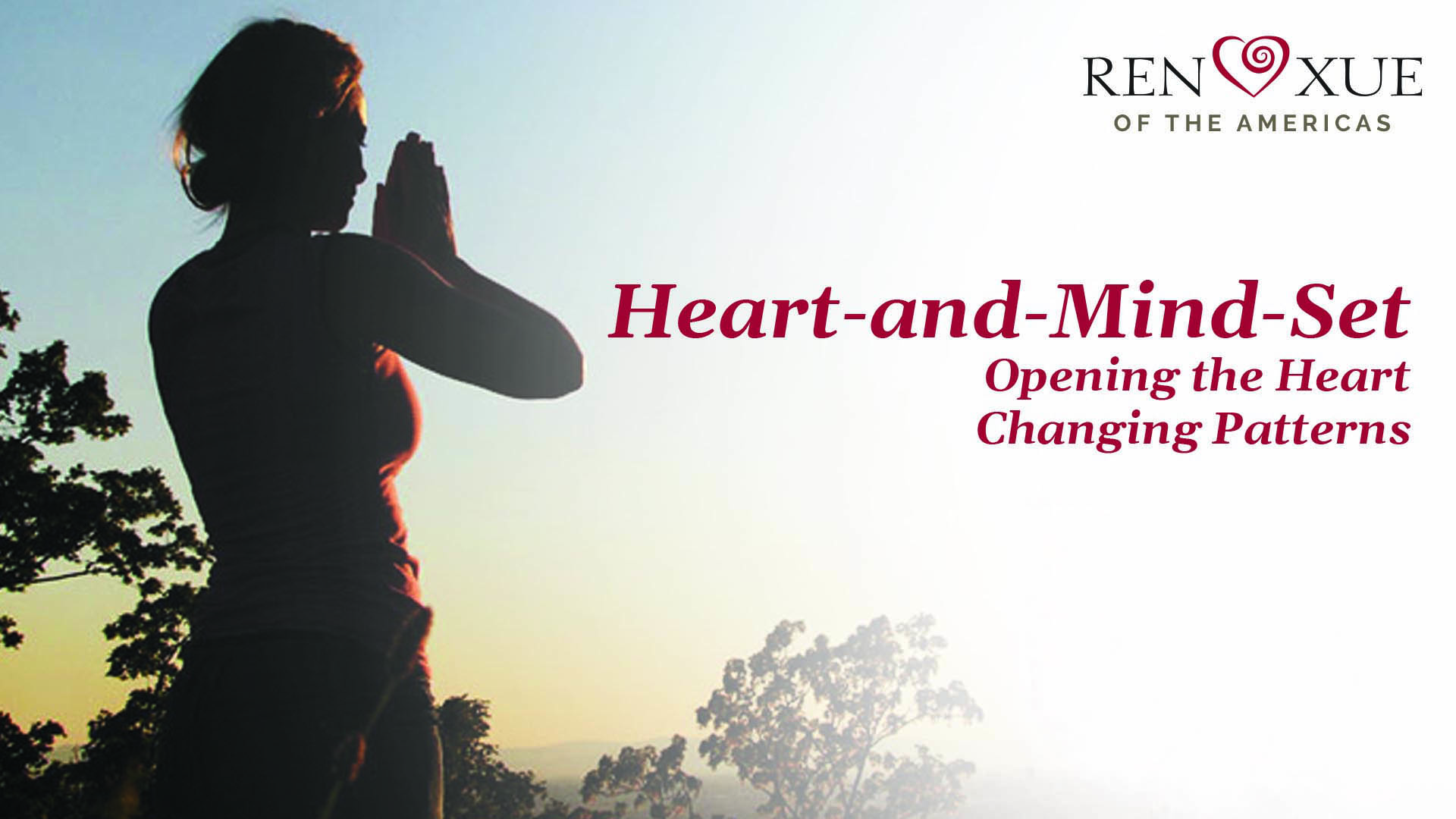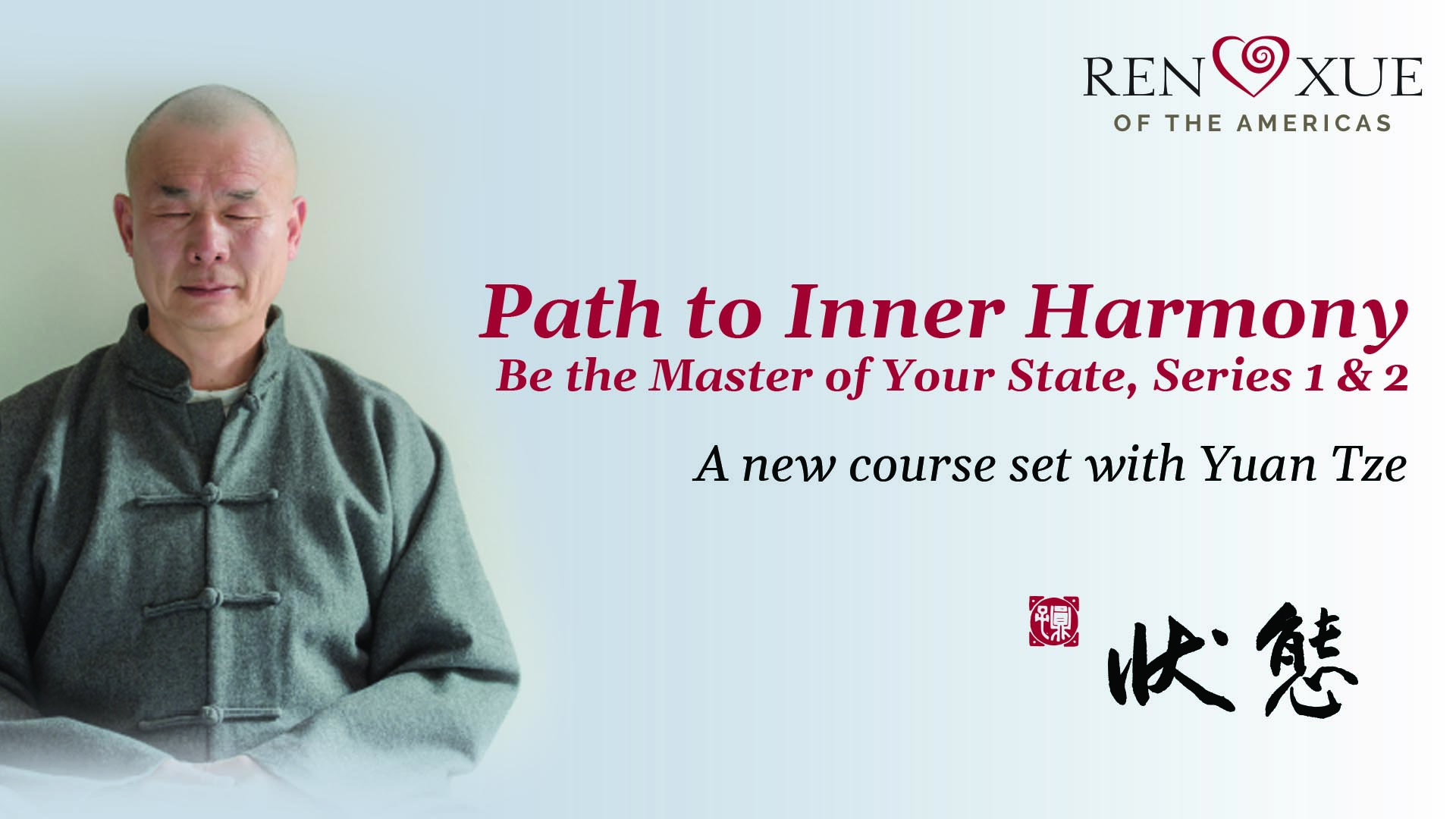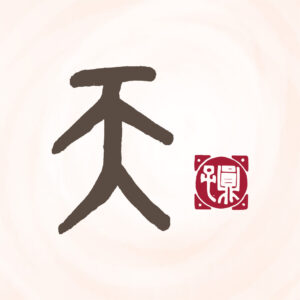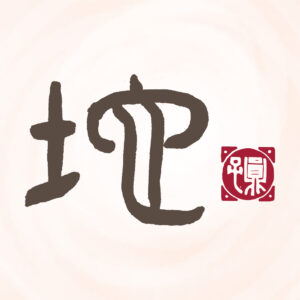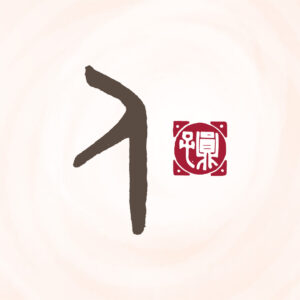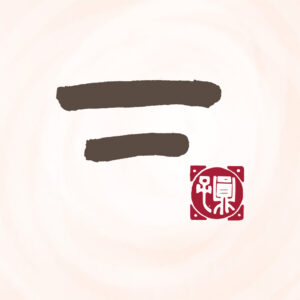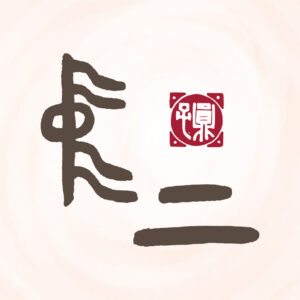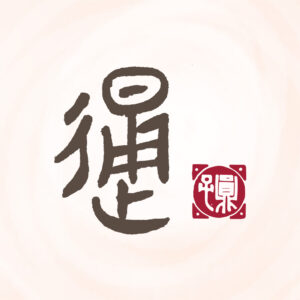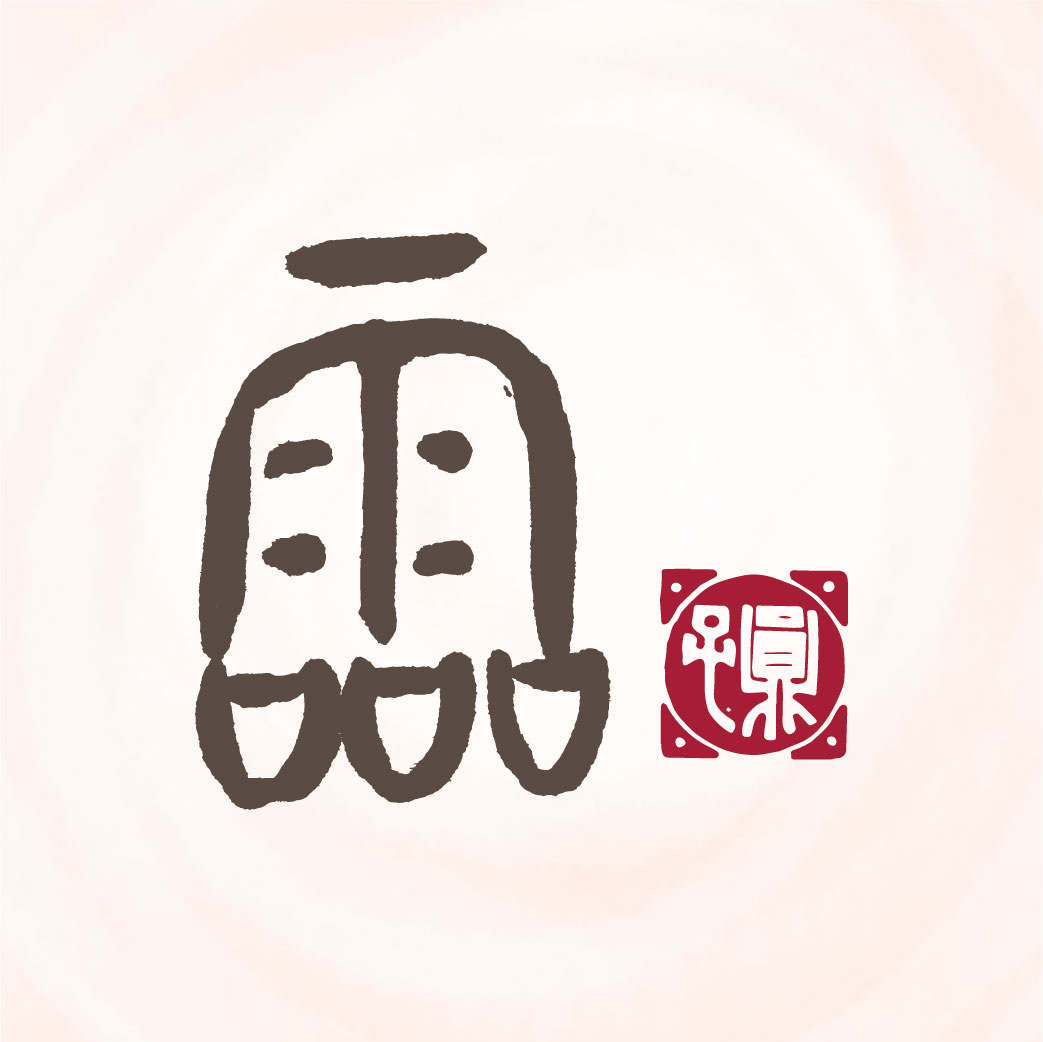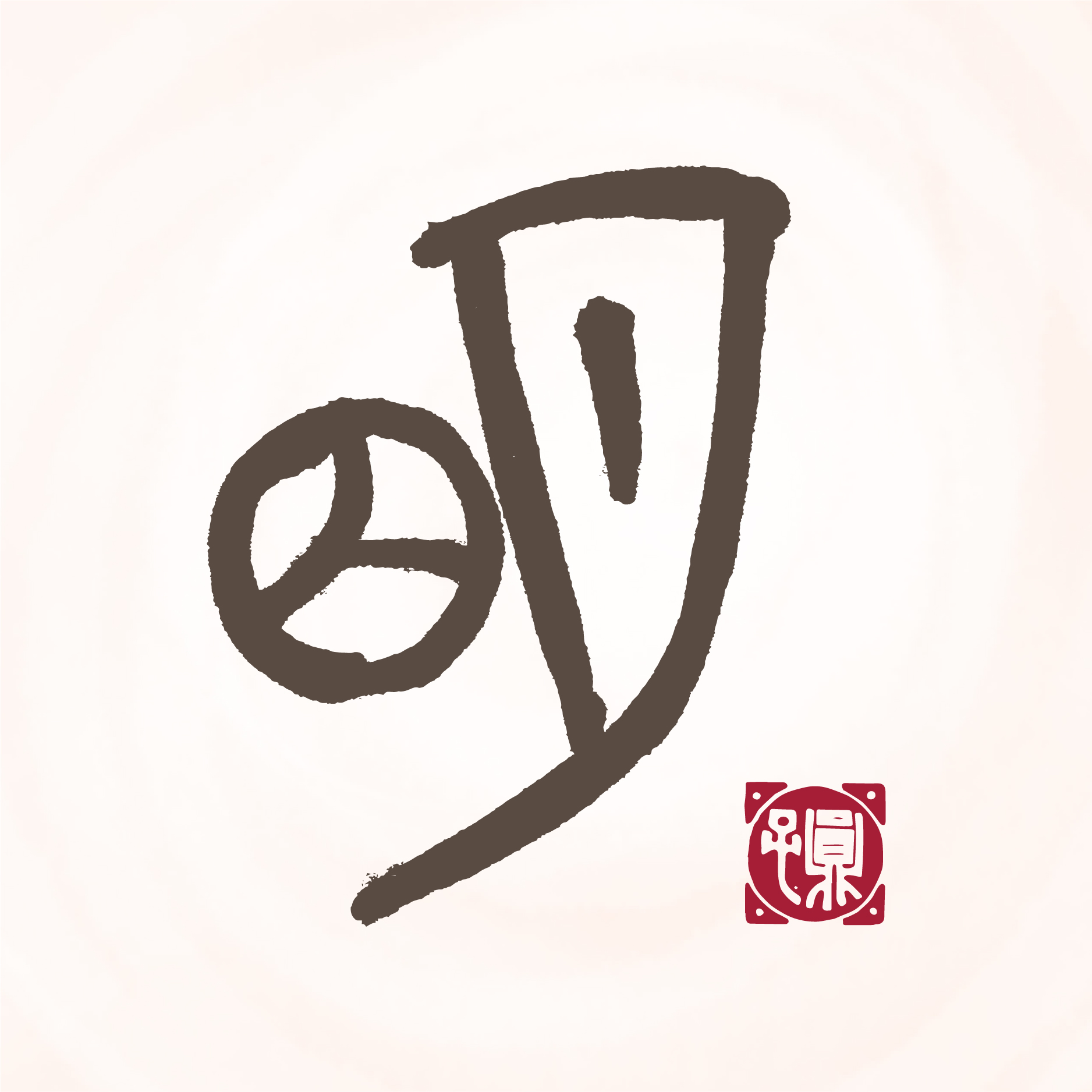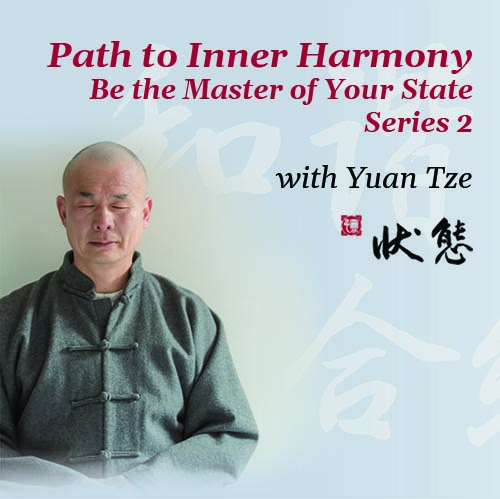How to learn REN XUE
At Home Learning
The nine methods of Yuan Qigong are stepping stones on a path that leads towards realization and wisdom. They provide a way to move away from the externally oriented life that leaves many longing for a less stressful, more meaningful experience, towards a life of greater harmony. The methods build on one another, but each, separately, is a powerful tool to improve certain aspects of life. The first six Yuan Gong methods work on body and Qi. Students can expect to realize health benefits and an improved sense of calm and stability. Methods 7, 8, and 9 work on the heart and consciousness. They reestablish a connection to the heart, address problems at their root, and ground life in trust and awareness.
In Ren Xue online learning, you will be introduced to each step with learning tools that include videos, audio files, terminology & how-to pdfs. You will discover that you are accompanied in your learning by the entire Ren Xue community and that your progress is contained within and abetted by a powerful Qifield.
We invite you to take the first step!
Gift the Gift of REN XUE
With this special Qigong gift certificate you can support the health and well-being of your loved ones and discover a meaningful way to say you care. Our online courses are easy to follow and suitable for all ages and health conditions. The courses can be accessed from anywhere in the world at any time. Recipients will also have free access to our monthly Deep Dive Workshops with experienced teachers on Zoom to ask questions, gain new insights and meet fellow practitioners around the globe.
Learn Qigong online
Our Qigong Course Sets
Discounted from $132 to only $97
BEGIN LEARNING QIGONG
Qigong | Beginner Set
This is an exclusive Qigong beginner set of Gathering Qi and Nourishing Qi. Support your health by learning powerful Qigong movements, deep breathing exercises, meditation and healing techniques as shown in our award-winning documentary Already Free.
Discounted from $132 to only $107
DEEPEN YOUR EXPERIENCE
Qigong | Vitality & Balance Set
This is an exclusive set of Moving Qi and Strengthening Organs. Deepen your Qigong experience to feel invigorated, at ease and uplifted. Ideally you start with the Beginner Set and continue your journey with this Vitality & Balance Set.
Discounted from $132 to only $107
ADVANCE YOUR LIFE
Qigong | Mind & Heart Set
This is an exclusive Qigong set of Opening the Heart and Changing Patterns. These courses transform the heart and mind. They explore and deepen the qualities of Trust, Openness, Love, Gratitude and True Respect in the heart of each of us.
Discounted from $132 to only $107
LEARN FROM YUAN TZE
Be the Master of Your State | Part 1&2
This is an exclusive REN XUE course Set including both Series, Be the Master of Your State, Series 1 & 2. Follow the teachings of Yuan Tze and learn the foundations to experience true peace and inner harmony.
Learn Qigong online
Our Single Qigong Online Courses
TIAN YUAN | Gathering Qi
Method 1
Begin the journey towards a better life by enhancing the quality, quantity and flow of Qi. Build an internal awareness that fosters a feeling of connection with all things – nature, life, and the universe.
DI YUAN | Nourishing Qi
Method 2
Learn to relax into a calm, natural state and turn the focus inward through a quiet practice of graceful postures. Feel grounded in oneself, at ease.
REN YUAN | Moving Qi
Method 3
Active and invigorating, Moving Qi stretches the body from head to toe and cultivates a clear mind, and a lively awareness.
XIA YUAN | Strengthening Organs
Method 4
Explore connections between sound, color, postures and the organs and improve health and emotional wellbeing.
ZHONG YUAN & SHANG YUAN Circulating Qi & Opening the Central Channel
Methods 5 & 6
Discover Yuan Qigong’s ultimate methods for changing, developing and strengthening the body and Qi. Under the guidance of a teacher, open the Qi channels and uplift life comprehensively.
TONG YUAN | Opening the Heart
Method 7
Allow yourself to be fully open and accepting. Deepen Trust, Openness, Love, Gratitude & True Respect.
LING YUAN | Changing Patterns
Method 8
Undertake the essential task of understanding and changing thought and behavioral patterns. Begin to experience true freedom from within.
MING YUAN | Cultivating Wisdom
Method 9
Become aware of every second, every moment; mindful of every thought and feeling. This is the transformational Ming Yuan path to wisdom.
Learn REN XUE online
Our Single REN XUE Online Courses
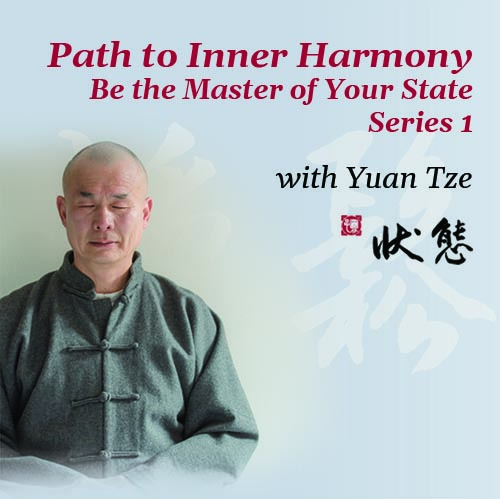
PATH TO INNER HARMONY |
Be the Master of Your State
Series 1
This course focuses on the foundations of achieving mastery: being relaxed, calm, and natural. It is an excellent place to begin living a harmonious life.
PATH TO INNER HARMONY |
Be the Master of Your State
Series 2
This course continues your path to inner harmony. Learn about being integrated & unified, harmonious, and Jue Cha. Take this second step and thrive.
Please note that a Yuan Qigong practice has significant effects on Qi. Practicing Yuan Qigong at the same time as other forms of Qigong may result in Qi disturbance – potentially causing harm to physical or mental health and well-being. If you choose to adopt a Yuan Qigong practice, please discontinue the practice of any other style of Qigong.
